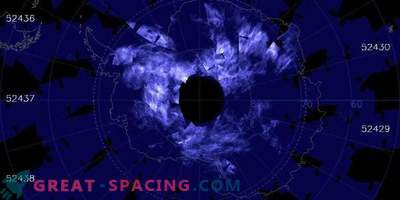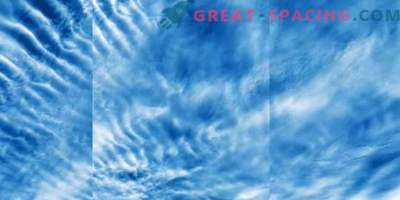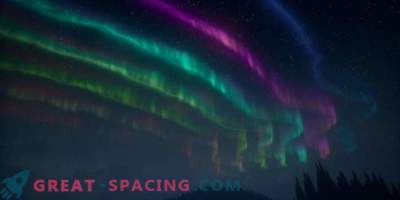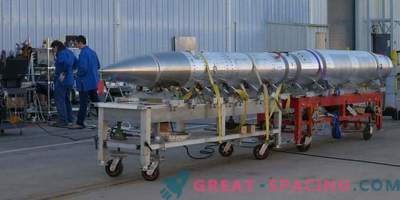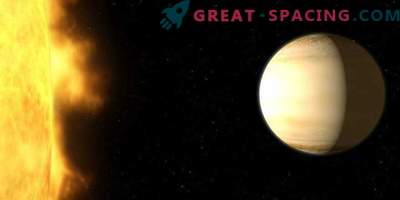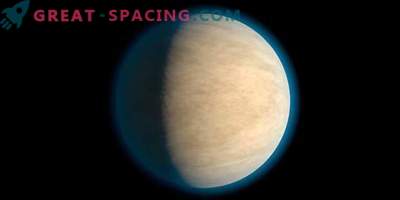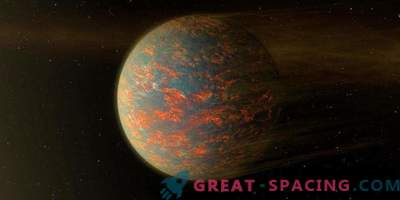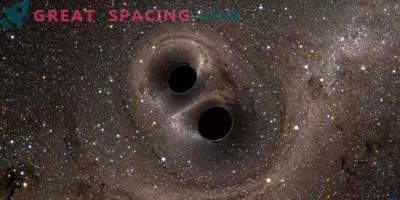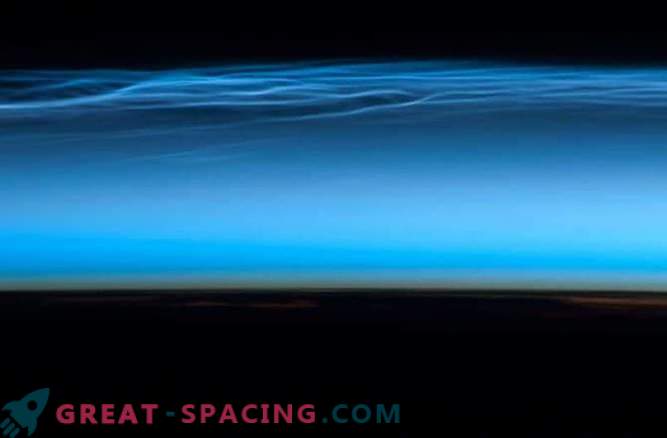
Rare glowing night clouds that cast their reflection along the entire boundary of the atmosphere with space most often appear near the poles of the Earth. But at the beginning of the century, these noctilucent clouds became a more frequent sight over lower areas, including over the southern part of Canada and the northern part of the United States. Such clouds are highest in the earth's atmosphere.
They are located about 80 km above the surface of the planet. It is so high that they can reflect sunlight long after sunset. These clouds were first officially recorded in 1885. Since 2007, scientists have been observing this phenomenon near the poles with the help of the Meso- sphere Aeronomy Satellite (NASA) satellite.

Planetologist and scientist at Hampton University, James Russell, says: “Scientists have found that three things are needed to form such rare clouds:
- Very cold temperature;
- Meteor dust;
- Water vapor.
Thanks to the meteoric dust, water vapor is retained until the cold temperature causes ice to form. ”
The summer months are the period of the most frequent formation of these clouds. Previous studies suggest that an increase in the number of clouds may be associated with frequent missile launches, methane emissions and an increase in the amount of water in the upper balls of the Earth’s atmosphere.

Russell and his colleagues wanted to check whether this growth is due to some systematic changes in the atmosphere. They modeled the emergence of noctilucent clouds at lower latitudes. They based their research on historical data on water vapor and on actual observations of clouds, as well as on data on temperature conditions in the upper balls of the Earth’s atmosphere.
The analysis showed that the presence of silver clouds really increased during 2002-2011. In addition, scientists have come to the conclusion that a rise in temperature stimulates a surge in their formation.
Scientists decided to investigate further whether the surge in clouds corresponds to a decrease in solar activity, as the Sun approached its maximum in 2002 and the solar minimum in 2009. “Because of the solar minimum, the warming of the atmosphere decreases and therefore we should expect cooling of the atmosphere,” explained Russell in his report.

